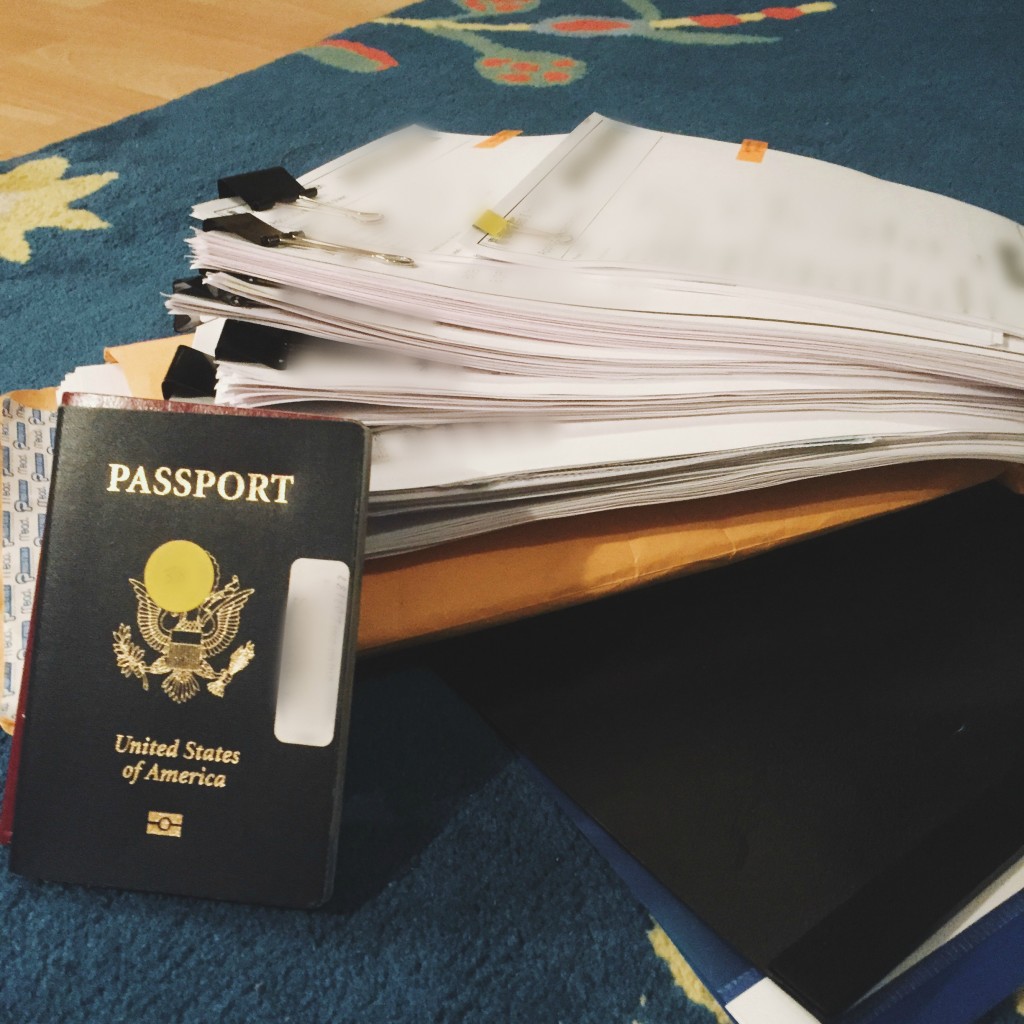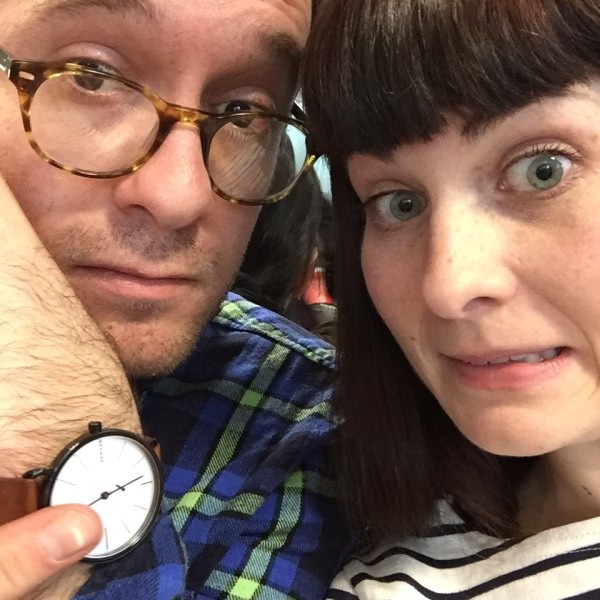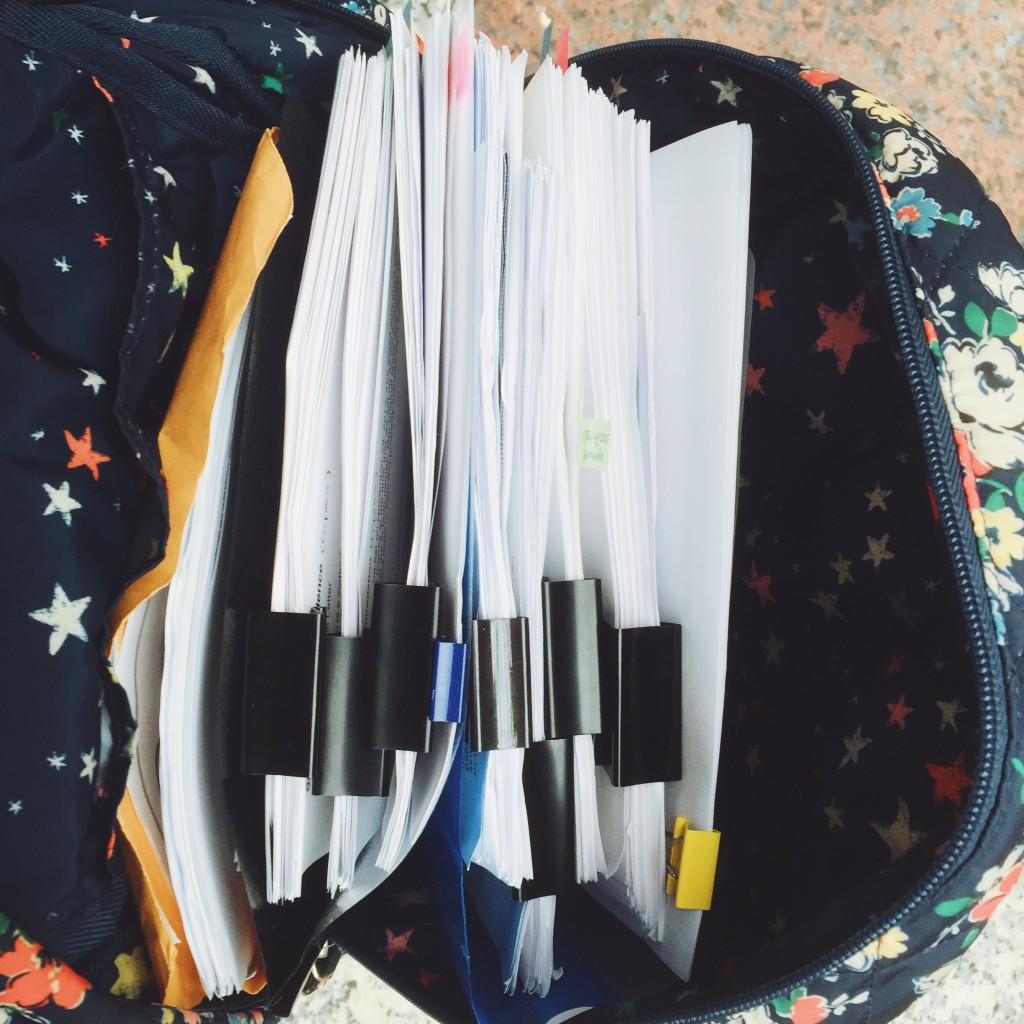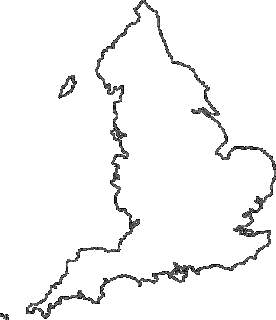Last week, I promised that I’d actually give everyone some tips for preparing for their visa appointments. My dreaded visa appointment came and went several weeks ago, which was a huge relief. The first time that I applied for the partner visa in 2013, I had to apply from the US, and long-time readers of my blog will know that that process became a nightmare for me: it took months for the border agency to reach a decision and Sam and I were separated for the summer, with life on hold.
If you submitted a partner application after July 2012, you now have to renew that visa before becoming eligible for Indefinite Leave to Remain (ILR), before that time, you could apply for ILR as soon as your initial grant of entry clearance expired. In my own very jaded opinion, this rule change has very little do with verifying the validity of relationships and preventing fake ones, and all to do with making more money. But I’m cynical.
Knowing the delay caused my by past application, when the extension to stay needed to be renewed, I decided to opt for a “Premium” appointment. The difference between a regular application and a premium one, is that with a regular application you send all your documents and your passport off and await a decision. Usually the UK says they reach a decision in a few weeks, but in the past, it was several months for me. So this time, I was taking no chances. With a premium appointment, you apply in person, so there is no sending your documents away. You’re also guaranteed an answer there, in person, that very day. So if the answer was “no” due to a missing piece of information, you would potentially have time to re-apply and gather that information before your original visa expires. Yes, it cost £400 extra, but it was worth every single penny. Take my word. This is on top of the already expensive fee of £650 for the application itself, £100 if your application is granted for your BRP card; and surprise! a new law which says all visa holders must pay an immigration health surcharge, despite the fact that you probably already pay national insurance. (IHS is £500). That brings the total application price up to a pretty eye-watering £1650. If you have kids, forget about it. They are an additional fee each.
Just think of all the things that I could have done with that money instead…. Actually, it doesn’t bear thinking about. #immigrationreform
The immigration processing center in London (Croydon), looks like something out of 1984, a very grim, grey austere building where it looks like fun went to die. (And it probably did.). You go through airport style security, are assigned a case number, and then sit in a crowded cafe staring at a screen watching as your case number flicks through various stages of the application process, with you being called up to the desk at various points in time. The projected wait target was 2.5 hours, but we were there for a bit over 4, and it wasn’t an especially busy day for them. So make sure you budget an entire day to be there. I did find it quite consoling that my case agent mentioned to me that a few weeks back, Gillian Anderson was there applying for her visa renewal in person. I thought to myself, “If Gillian Anderson can get through this day with grace, so can I.”
It did have its hiccups. The ticket machine broke for my application when they were checking me in so my file had to be written by hand, causing further explanation along every step of the way. And during my biometrics session, the fingerprint machine broke and I had to be moved to another booth and start that process again. But we got there in the end.
While I won’t give guidance on what documents you should bring with you to such an appointment as every case is individual, I will say that it’s better to have too many than too few. And from my talks with various agents, I do have some tips for you.

Documents blurred for internet safety. Because I don’t trust you people. But that’s a big ole stack o’ proof.
Divide your documents up into sections and make a cover page and table of contents for each section. For example I had: relationship, accommodation, and financial. Fasten each section with a binder clip, because they can’t accept documents that are stapled. Then within each section, use sticky notes to divide things up to be more clearly denoted for your case agent. But DO NOT write on the documents themselves (that renders them unacceptable). For example, within the financial section, you must provide 6 months of bank statements, so I tabbed the beginning of every bank statement by it’s month, and did the same with pay slips.
The more clear and easy you make your documents for the agents to find, the more quickly they can reach a decision for you.
My other tip is to photocopy all documents that you are providing as evidence. As part of your application, all you documents must be copied and if a member of staff has to do it during the decision making process it will hugely delay everything.
Obviously, these are some pretty basic organisational things that I did, but everyone at the centre was so grateful for it. One women told me that sometimes people just come with hundreds of pieces of paper in their suitcase and then just dump that suitcase out of the desk. Don’t do that. That is crazy.
If your application is granted, the UK no longer puts stickers in your passport, they will issue you a Biometrics Residence Permit. They can’t do them then and there, so unfortunately, after that the waiting game begins again whilst you anxiously keep an eye out for a courier delivering your proof that you can be in the country.
Best of luck all you future visa appliers!






